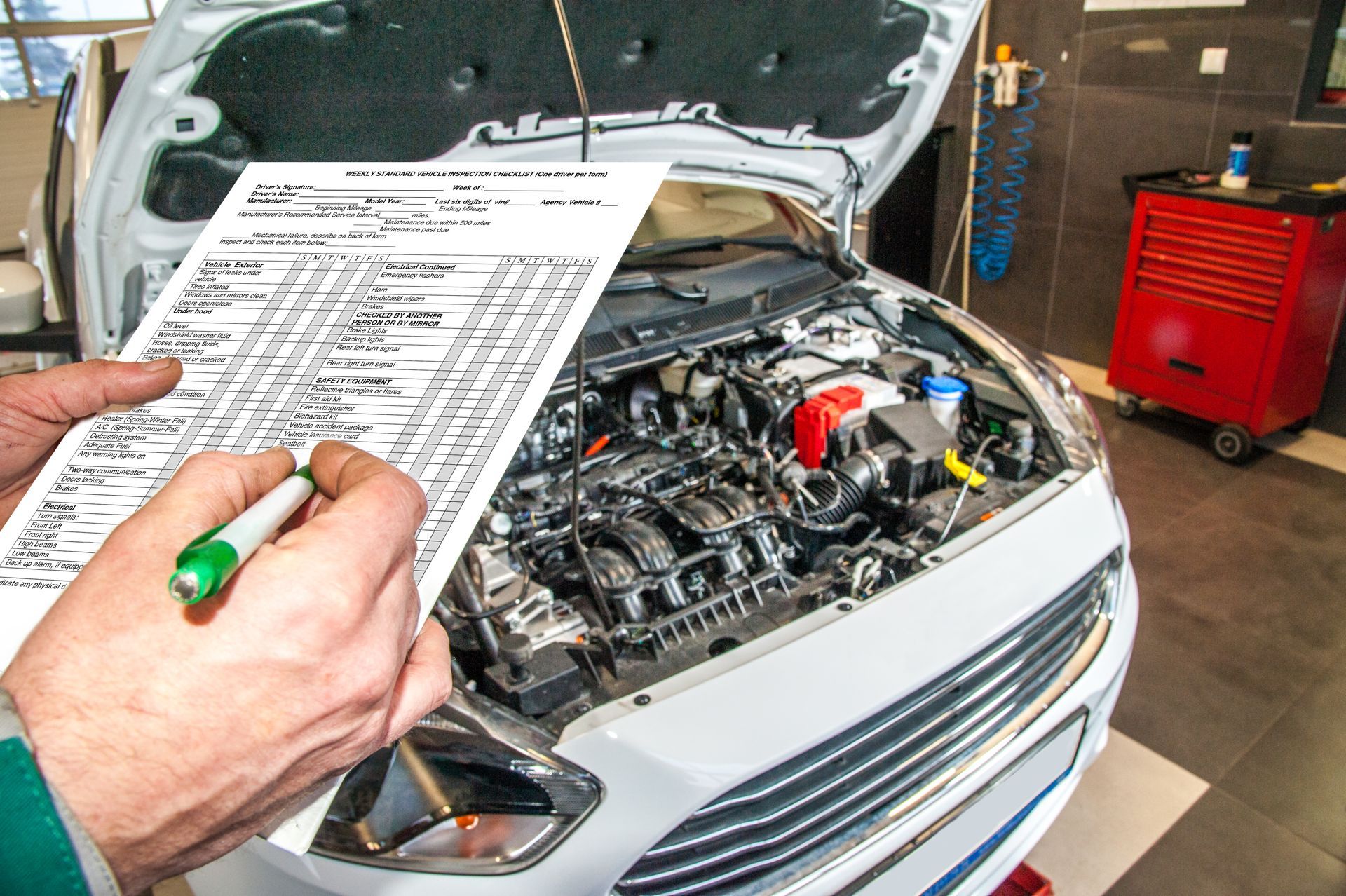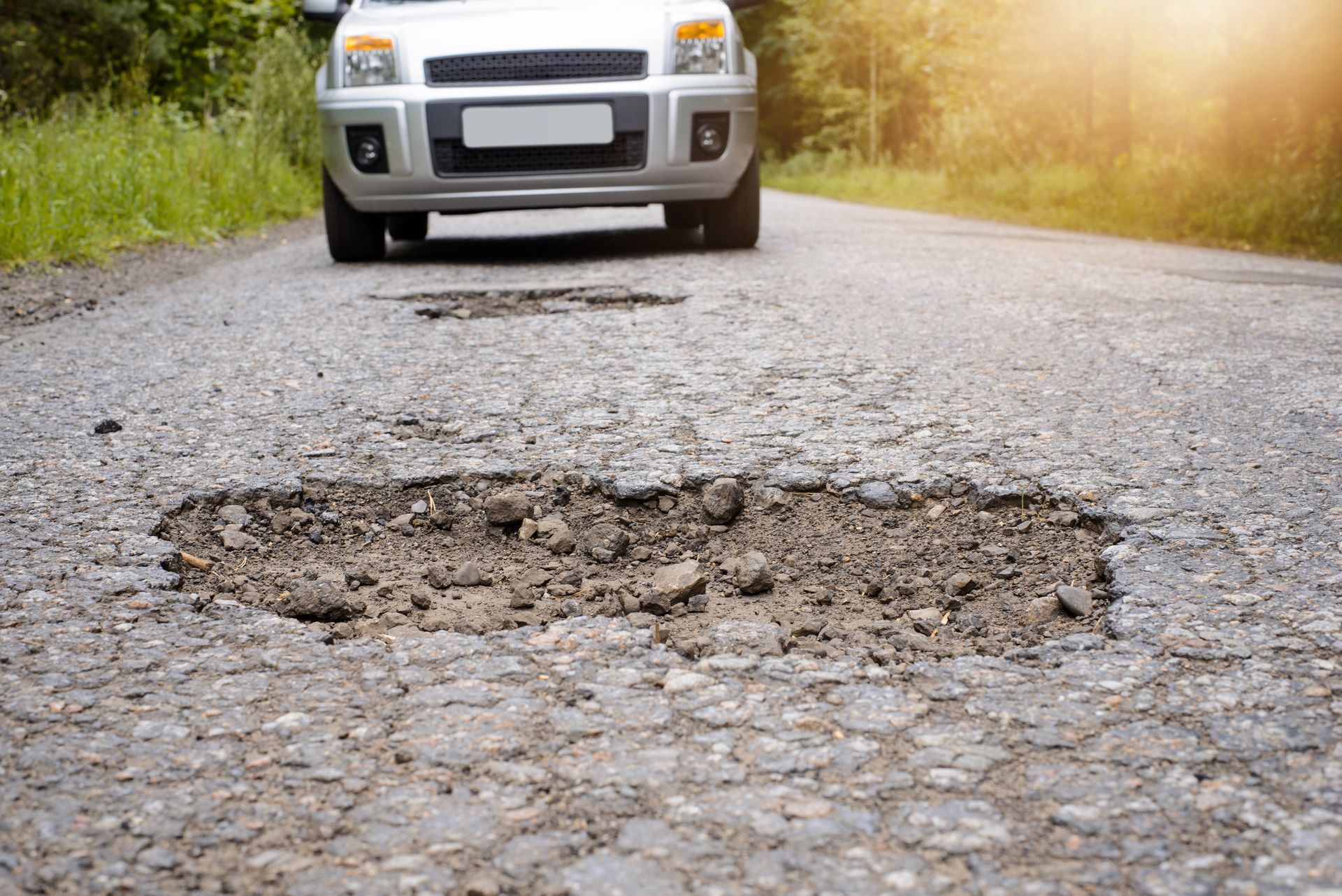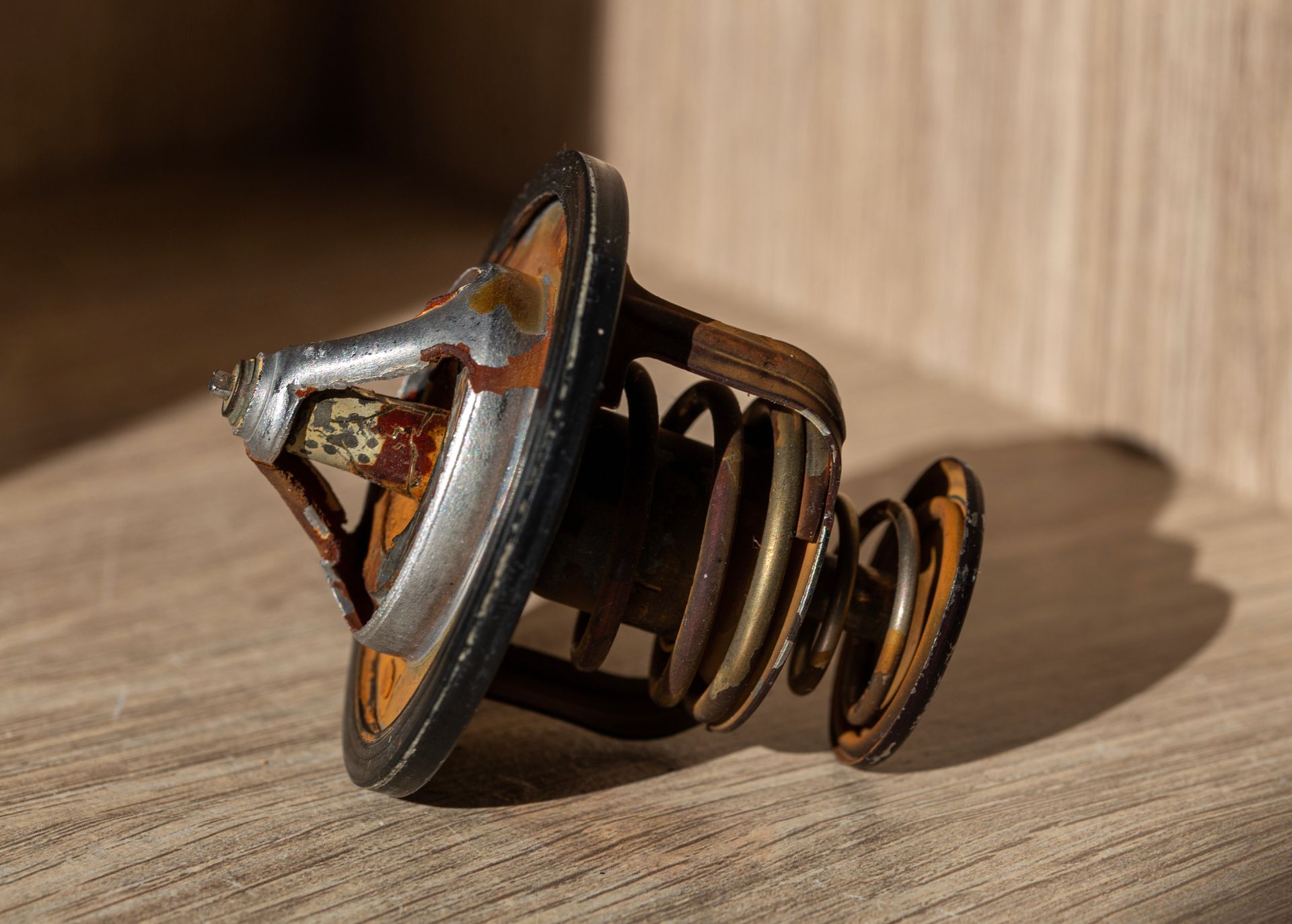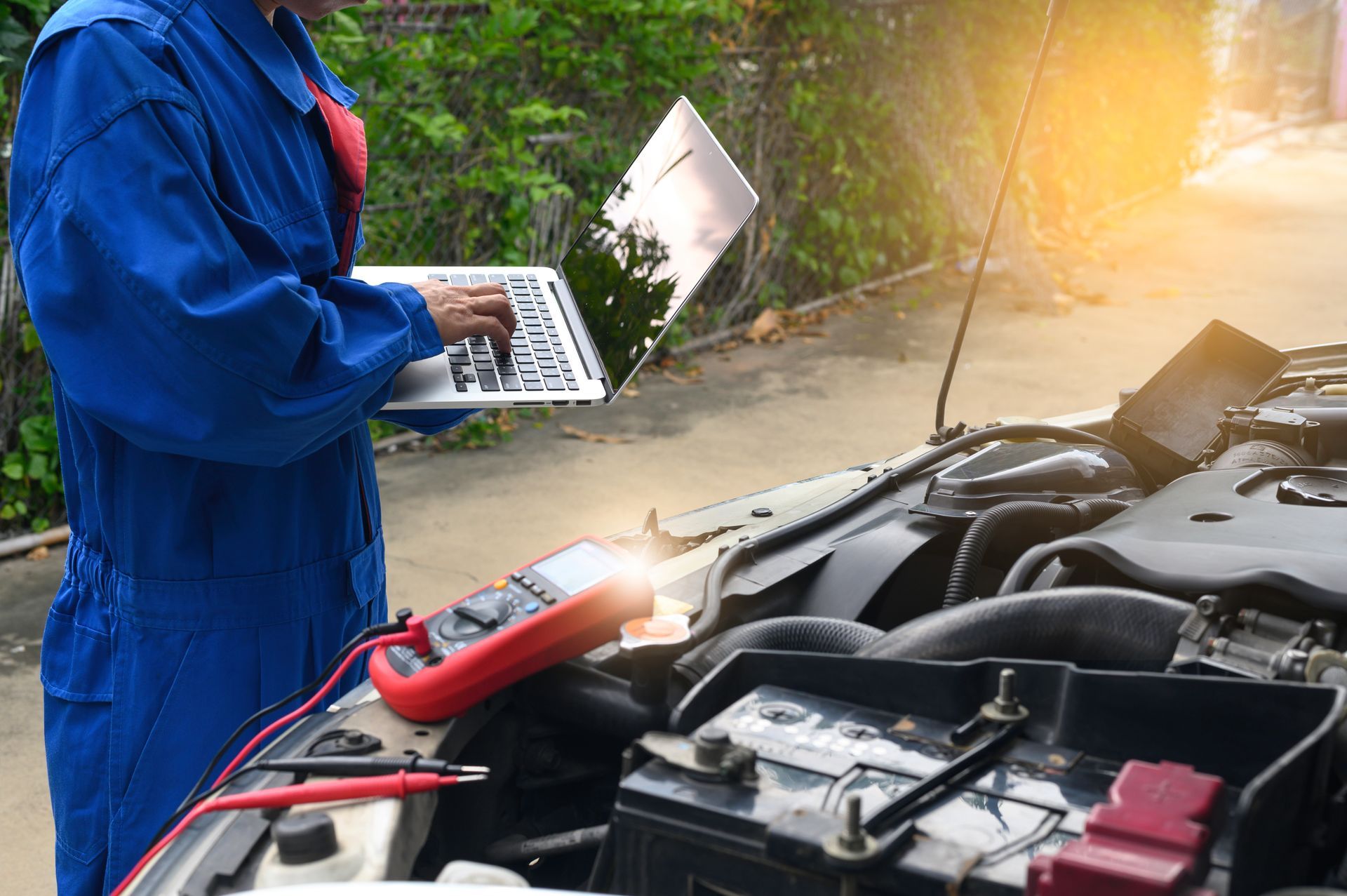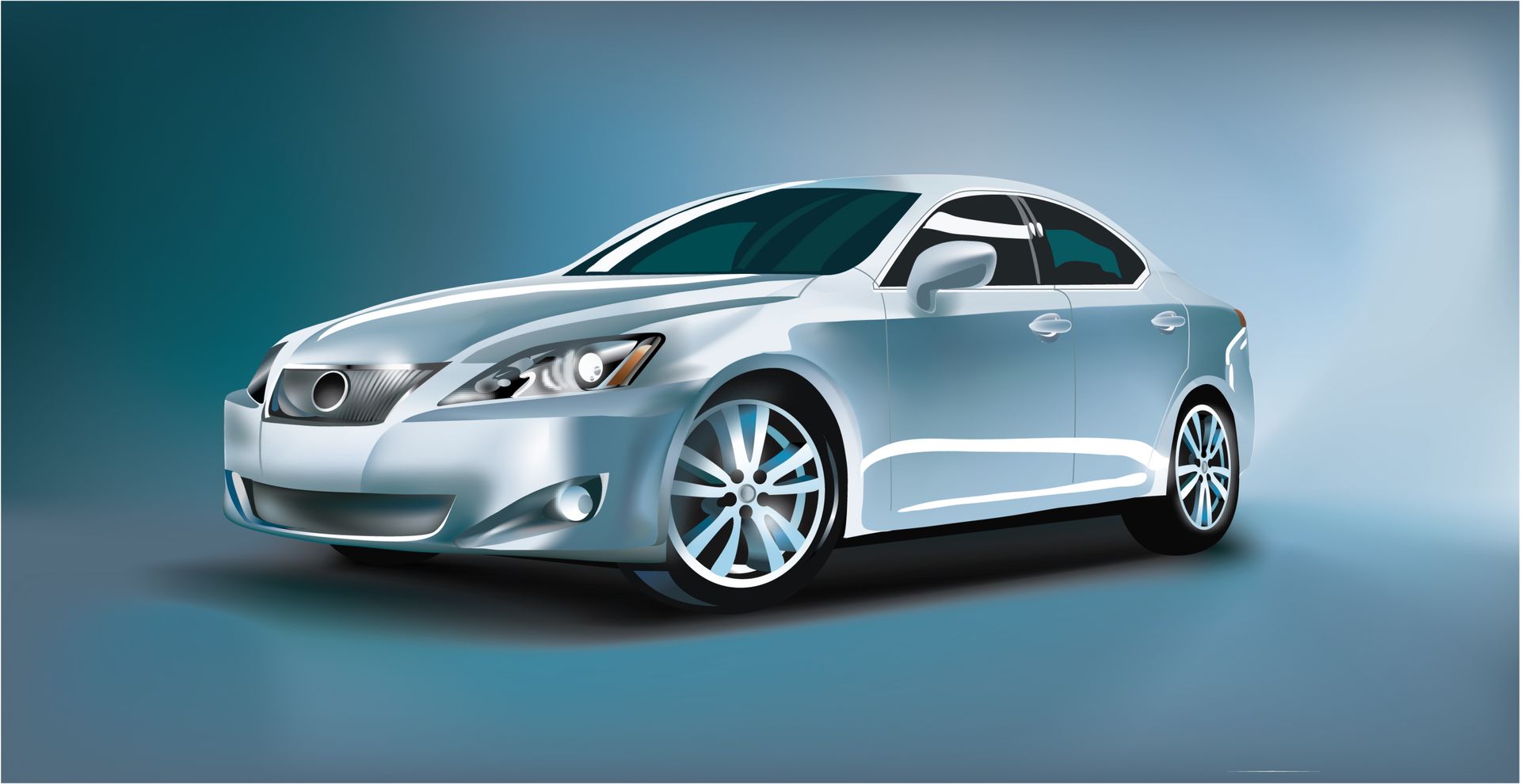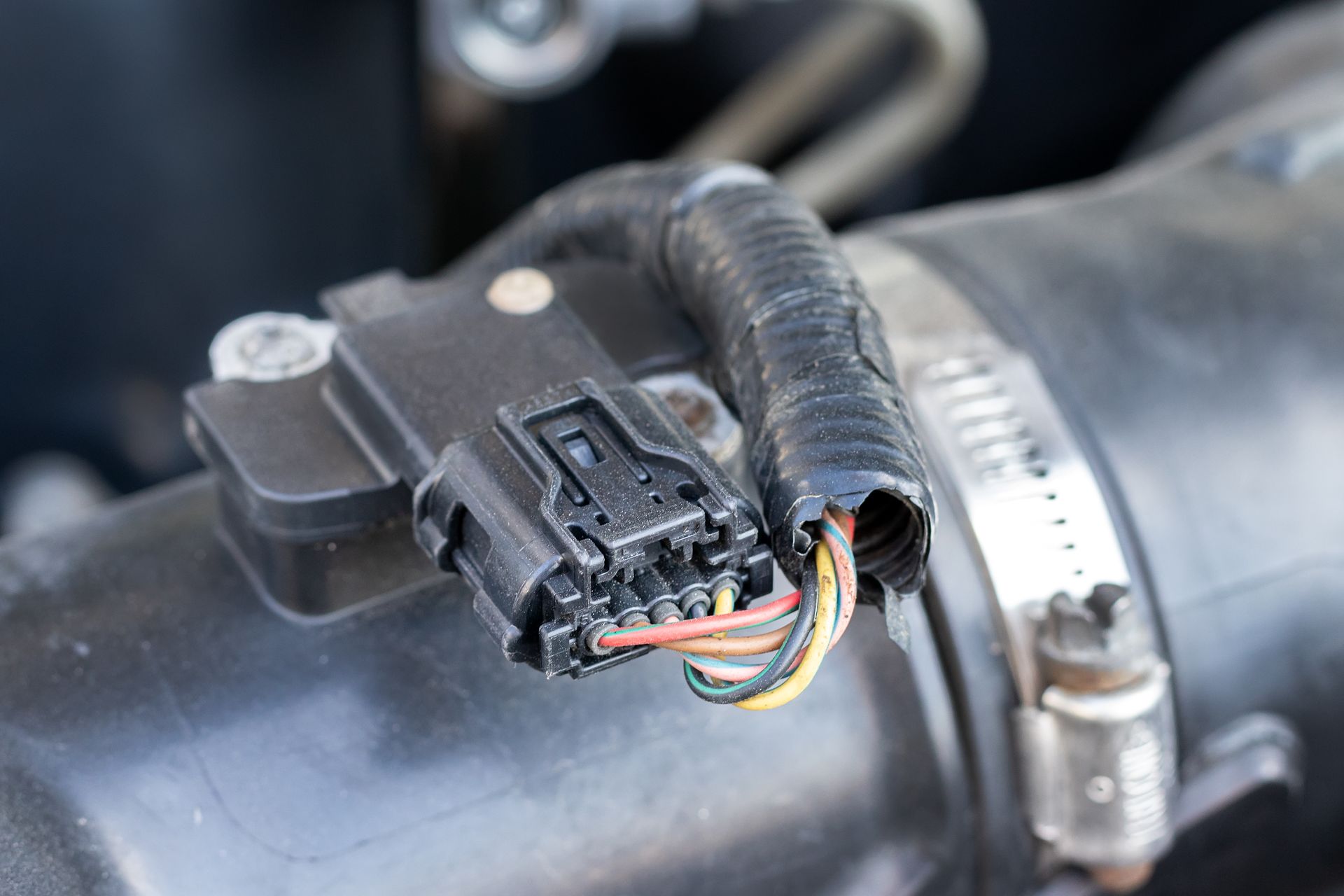The check engine light is one of the most important warning indicators on your dashboard. While a steady light can mean a variety of issues that should be checked soon, a blinking check engine light is more urgent. This is your vehicle’s way of signaling a serious problem that could cause immediate damage to your engine if ignored.
Knowing the reasons the light might be blinking and what steps to take next will save you from costly repairs and keep your vehicle running safely.
What a Blinking Check Engine Light Means
A flashing or blinking check engine light usually indicates a severe engine misfire. This happens when one or more cylinders fail to ignite the fuel-air mixture properly. Instead of burning completely in the cylinder, unburned fuel enters the exhaust system.
This is dangerous because it can overheat and damage the catalytic converter, a critical and expensive part of your emissions system.
Common Causes of a Blinking Check Engine Light
One of the most frequent causes is worn or faulty spark plugs, which are responsible for igniting the fuel-air mixture. If they aren’t firing correctly, misfires occur.
Other possible causes include:
- Faulty ignition coils.
- Problems with the fuel injectors.
- A failing mass airflow sensor.
- Vacuum leaks or other air intake issues.
- Low fuel pressure from a weak fuel pump or clogged filter.
In some cases, engine timing issues or internal mechanical problems can also cause severe misfires that trigger a blinking light.
Symptoms That Often Accompany a Blinking Light
When the check engine light blinks, you’ll often notice other warning signs:
- Rough or uneven engine performance.
- Reduced power or hesitation during acceleration.
- Strong fuel smell from the exhaust.
- Increased vibration, especially at idle.
These symptoms confirm that the problem is affecting your engine’s ability to run smoothly and efficiently.
Why You Shouldn’t Keep Driving
Driving with a blinking check engine light risks serious and expensive damage. The unburned fuel from misfires can cause the catalytic converter to overheat, melt internally, and fail. Replacing this component can cost thousands of dollars.
In addition, the lack of proper combustion can damage other parts of the engine over time.
If your check engine light starts blinking while driving, reduce your speed, avoid heavy acceleration, and head to a repair shop as soon as possible. In some cases, it’s safer to have the vehicle towed.
Diagnosing the Problem
The first step in diagnosing a blinking check engine light is connecting a scan tool to read the diagnostic trouble codes (DTCs) stored in the vehicle’s computer. These codes point to the system or component causing the issue.
From there, a technician will perform further tests to confirm the cause, such as checking spark plugs, ignition coils, and fuel delivery. This step-by-step approach ensures the problem is fixed correctly the first time.
Preventing Future Problems
Keeping up with regular maintenance is the best way to prevent misfires and the blinking light that comes with them. This means replacing spark plugs at the manufacturer’s recommended intervals, using high-quality fuel, and having ignition and fuel systems inspected periodically.
Addressing small issues like occasional hesitation or poor fuel economy early can prevent them from developing into severe misfires.
Check Engine Light Service at One Stop Auto Care in Los Angeles, CA
A blinking check engine light should never be ignored. At One Stop Auto Care in Los Angeles, CA, our technicians can quickly diagnose the cause, perform the necessary repairs, and help protect your engine from costly damage.
Schedule your diagnostic appointment today and drive with confidence knowing your vehicle is running safely and efficiently.




